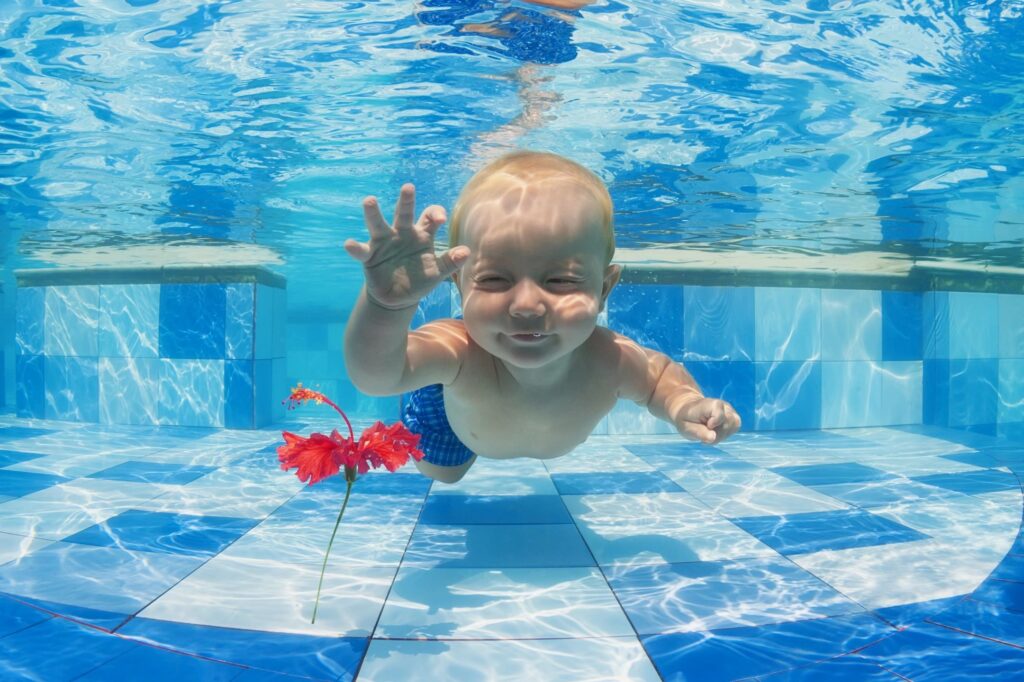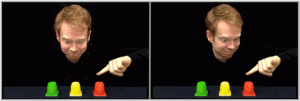
Where Do Pointing Gestures Come From?
Pointing is a basic type of human communication. Before they start talking, babies start pointing.
A pointing gesture can mean different things, such as “look at that?” or “what is that?” or “I want that!” There’s something fundamental about these uses of pointing. Even apes use pointing for multiple functions such as drawing someone’s attention to an object or requesting an object.
That might seem surprising because the idea behind pointing isn’t simple – something like “let me make an arrow using my hand and the person I’m talking to will follow where that arrow is pointing.” Such an abstract thought seems out of character for babies or non-human primates.
But in a new paper published in Science Advances, researchers argue that’s not the idea behind pointing. According to their theory, the pointing gesture actually comes from the impulse to touch an object. In other words, the thought process where pointing originates may be I’m going reach toward this object, not I’m going to make an arrow with my finger.
The researchers call this the “touch hypothesis.” To test the idea that pointing is about touching rather than making an arrow shape, they performed a series of experiments.
Here’s a picture they used in one of the experiments:
This picture was designed specifically so that the person pointing was making an arrow shape directed at the yellow cup but was closer to actually touching the red cup. In one picture, he’s looking at the yellow cup and in the other at the red cup.
In a game that involved choosing cups, 18-month-old and 3-year-old children tended to choose the red cup in the picture where the pointing man is looking at that cup. But in the picture where he’s looking at the yellow cup, they chose the red and the yellow cup at about the same rate.
That suggests they perceived the picture where he was looking at the red cup as unambiguous. In the picture where he was looking at the yellow cup, though, they were apparently conflicted about which cup to choose. Since the red cup is the one he’s close to touching, not the one where his finger’s “arrow” is directed, those results are consistent with the idea that children associate pointing with touching rather than with an arrow shape.
The researchers found a similar pattern when looking at how people angled their wrists when pointing. In their experiments, both children and adults tended to angle their wrists in a way that was more consistent with reaching to touch the object rather than making an arrow shape directed at the object.
It’s long been known that pointing is a gesture that has some basic importance for humans. Children learn better when they point at things, and people of all ages in cultures around the world communicate by pointing – sometimes with parts of the body like the nose and head.
The latest study on why people point suggests one reason the pointing gesture may be so deeply rooted in human behavior: it is inseparably bound up with the sense of touch.
Image from experiment: Paper in Science Advances
